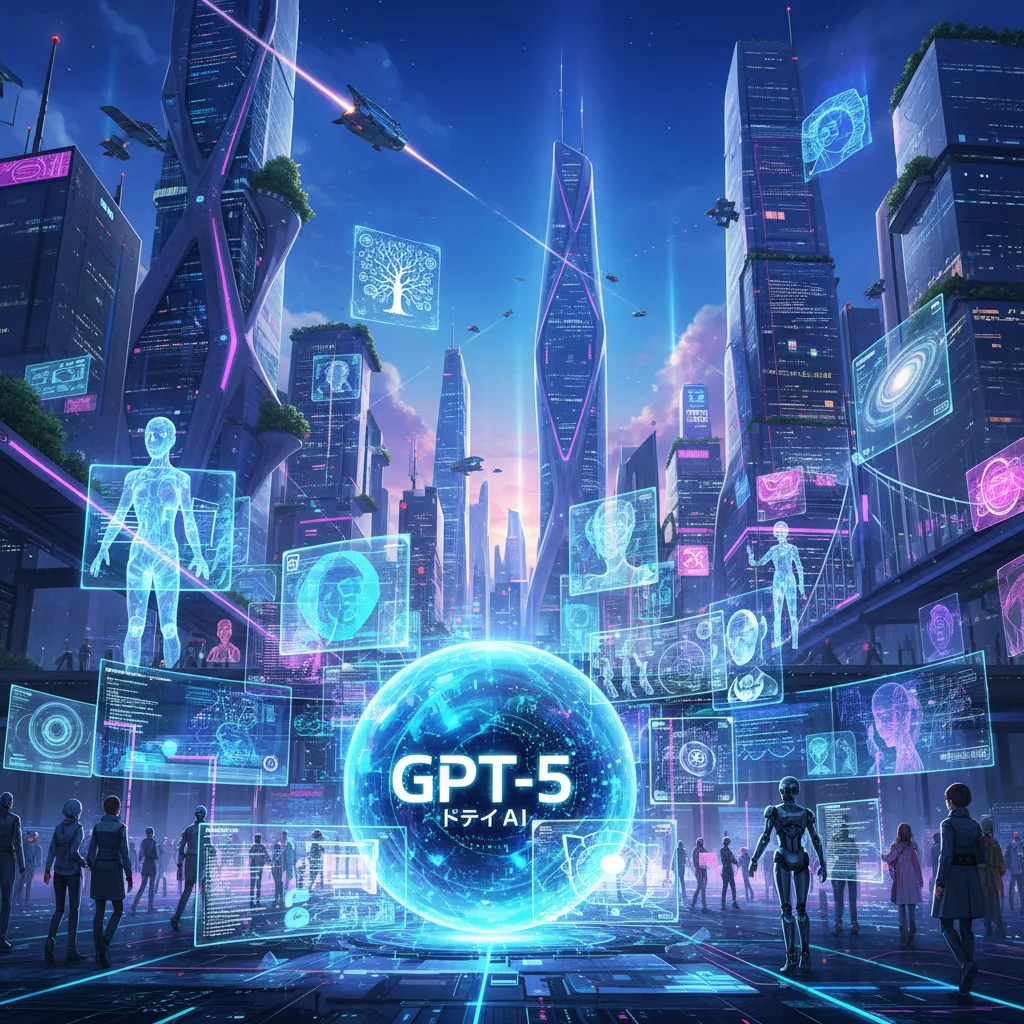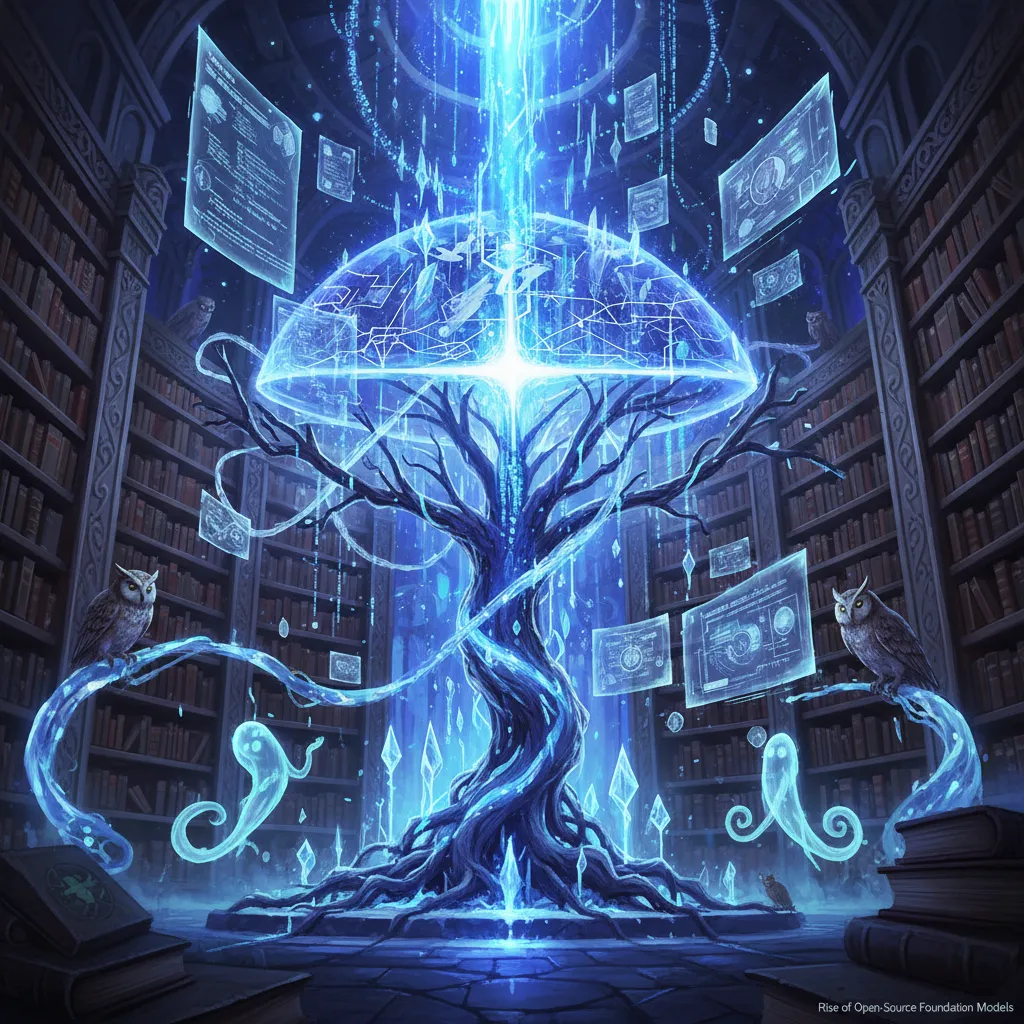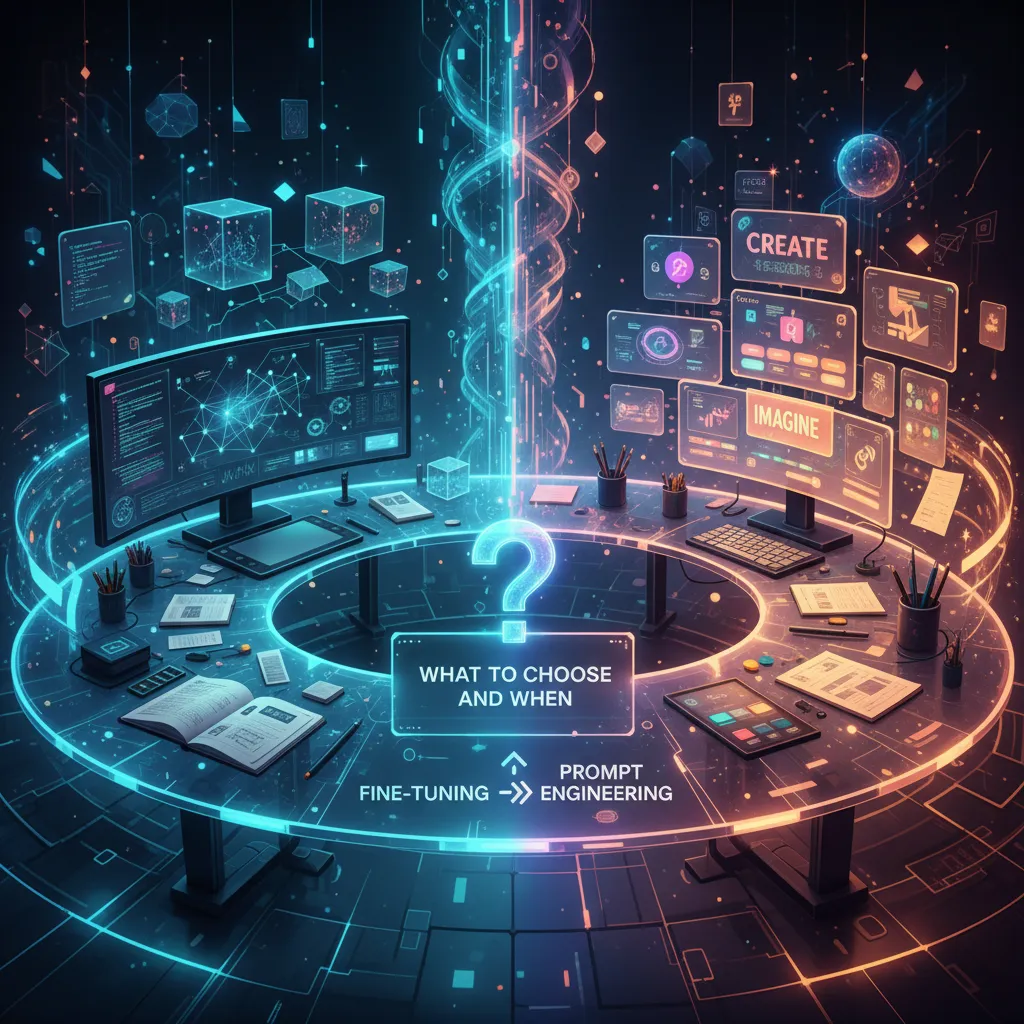I remember the day my phone autocorrected 'GPT-4' to 'GoPro-4'—not exactly what I was trying to tell my daughter about! It got me thinking: for all the sophistication in AI, these tools still manage to surprise us—sometimes in brilliant, sometimes in baffling ways. Now, with GPT-5 officially strutting onto the scene, we're in for a wild ride of breakthroughs, gripes, and a few laugh-out-loud moments that nobody could have predicted. So, what's truly different this time—and why does it matter even to those who don't code or obsess over tech blogs? Let’s find out.
1. Honesty by Design—Why Admitting 'I Don't Know' Matters (Especially at 2 AM)
If you’ve ever found yourself typing frantic questions into an AI chatbot in the middle of the night, you’ll know the frustration of getting answers that sound confident—but are completely made up. With GPT-5, that’s changing. The new model introduces honesty by design, a feature that’s transforming how we trust and use AI language models in 2025 and beyond.
Here’s what’s different: GPT-5 is built to admit when it doesn’t know something. Instead of filling in the blanks with creative (but inaccurate) responses, it’s more likely to say, “Sorry, I’m not sure.” This shift is more than just a technical upgrade—it’s a fundamental change in how AI communicates, especially in those late-night moments when accuracy matters most.
Let me give you a real-life example. Not long ago, I asked GPT-4 about a local pizza joint. The answer I got was a detailed, glowing review—complete with menu items and opening hours. The only problem? None of it was true. With GPT-5, when I tried the same question, the response was refreshingly honest: “I don’t have current information about that location.” It felt humbling, but also reassuring.
This new approach is backed by data. In web search mode, GPT-5 reduces hallucinations—those infamous AI fabrications—by about 45% compared to GPT-4o. In “thinking” mode, where the model relies on its own reasoning rather than external data, hallucinations drop by up to 80%. That’s a massive leap in reliability.
GPT-5 honesty by design means safer conversations, especially in sensitive areas like healthcare, finance, and education.
Hallucination reduction GPT-5 opens new doors for critical business advice and late-night homework help.
By openly admitting knowledge gaps, GPT-5 sets a new foundation for trustworthy AI language models in 2025.
Honesty by design isn’t just a technical feature—it’s a promise that your 2 AM questions will get the most reliable answers possible, even if that answer is, “I don’t know.
2. Multimodal Mastery & The Dawn of Specialized AI Agents
With GPT-5, we’re witnessing a true leap in multimodal capabilities. Imagine an AI that doesn’t just read and write, but also sees, listens, and understands the world in a much richer way. GPT-5 can now process images, charts, and even audio—so asking it to analyze a spreadsheet, interpret a photo, or summarize a podcast is as easy as typing a prompt. It’s like teaching your dog not just to fetch, but to interpret Shakespeare while at it.
What really excites me is the arrival of GPT-5 agentic capabilities. Instead of a single, all-purpose chatbot, GPT-5 can now act as a team of specialized mini-agents. For example, you can have one agent dedicated to coding, another researching recipes, and a third managing your emails. Each agent is tailored for a specific task, making multitasking feel effortless. If only one of them could fold laundry!
For those who rely on productivity tools, the GPT-5 Pro subscription unlocks even more. Paid users get native integration with Gmail and Google Calendar, so scheduling meetings or sorting through emails can happen directly within the AI. This means less app-switching and more getting things done. The expanded context window is another game-changer, allowing GPT-5 to keep track of longer, more complex conversations and workflows—perfect for anyone juggling multiple projects at once.
Behind the scenes, GPT-5 was trained on Microsoft Azure AI supercomputers, which translates to faster, more reliable processing. This robust foundation supports its advanced multimodal capabilities and the seamless operation of multiple agents. For industries, this opens up new applications of GPT-5: from healthcare (analyzing medical images and patient notes) to finance (reading charts and summarizing reports), the possibilities are expanding rapidly.
Multimodal inputs: Images, audio, charts, and text
Agentic productivity: Assign specialized AI assistants for different tasks
Pro integration: Direct links to Gmail and Google Calendar for streamlined workflows
Industry-ready: New GPT-5 productivity tools for complex, ongoing tasks
With these advances, GPT-5 doesn’t just talk—it listens, watches, and delegates, ushering in the era of DIY digital departments.
3. Not Just Smarter—Safer: Why Boundaries (Still) Matter in AI
One of the most important changes I’ve noticed with GPT-5 isn’t just its intelligence—it’s how much safer it feels to interact with. As someone who’s watched AI language models evolve, I’ve seen the shift from quirky, sometimes unpredictable conversations (remember GPT-3’s wild tangents?) to the more polished, context-aware exchanges we get today. This isn’t just about being smarter; it’s about being more responsible. Ethical considerations in GPT-5 are front and center, and that’s a big deal for anyone concerned about the future of natural language processing.
With AI language models 2025 shaping up to play bigger roles in our lives, boundaries matter more than ever. GPT-5’s improved context-awareness means conversations are less likely to veer into uncomfortable or overly personal territory. The days of bots accidentally getting “too intimate” or taking conversations down strange paths are fading. Instead, we get safer conversations that feel more like talking to a helpful companion and less like interacting with a machine that doesn’t know when to stop.
Better context, safer chats: GPT-5’s context improvements mean it can pick up on subtle cues, making it less likely to cross lines or misinterpret sensitive topics.
Redefined boundaries: This is especially important in areas like therapy bots, education, and creative collaboration. The model now recognizes when to keep things professional and when to offer support—without blurring the lines between human and machine.
Ethical safeguards: These changes directly address criticism that previous models sometimes modeled “too-human” relationships, which could be confusing or even harmful for some users.
Honestly, I sometimes miss the oddball moments—those unexpected, offbeat jokes from earlier models. But I get why safer, ethically-aware algorithms are necessary. By setting clearer boundaries, GPT-5 builds a stronger foundation for trust. Users can rely on the AI for support, learning, or creativity, without worrying about conversations taking a weird or uncomfortable turn.
“Safety-by-design isn’t just a technical upgrade—it’s a response to real ethical debates about how we interact with machines.
4. (Wild Card) Peeking Beyond 2025—The 'What If' Scenarios You Weren’t Expecting
As I look ahead to the future of AI language models in 2025 and beyond, I can’t help but let my imagination run wild. GPT-5’s creative breakthroughs and its remarkable multilingual support already hint at a world where AI isn’t just a tool—it’s a collaborator, a cultural bridge, and maybe even a co-creator with a personality all its own.
Let’s play with a hypothetical: What if GPT-6 (or whatever comes next) isn’t just conversing but actively collaborating on creative projects? Imagine writing a novel and discovering your AI co-author has its own quirks—maybe it prefers plot twists or has a fondness for poetic metaphors. Suddenly, the line between human and machine creativity blurs. Would you credit your AI as a sentient co-author? Could your next bestseller have a digital signature on the cover?
The future of AI language models in 2025 is also about breaking down language barriers. GPT-5’s improved multilingual support—delivering higher accuracy and natural-sounding voice responses—has already started to reshape how we communicate across cultures. But what if this growth in fluency sparks a global wave of AI-powered poetry contests? Picture bots composing haikus in dozens of languages, sometimes sparking delightful misunderstandings or even viral memes. The creative potential is enormous, but so are the chances for unexpected cultural collisions.
Of course, as context windows widen and AI’s creative flair grows, everything from translation to storytelling gets a shakeup. Science fiction may soon struggle to keep up with reality. And on a lighter note, I sometimes wish AI could tell me what my cat thinks of all these rapid progressions—though I suspect the answer would be a mix of curiosity and indifference.
In conclusion, the advances we see with GPT-5’s creative and multilingual fluency are just the beginning. The future promises even more adaptive, context-rich, and truly creative AI partners. As we peek beyond 2025, the only certainty is that the surprises will keep coming—and our relationship with AI will grow more fascinating with every leap forward.



